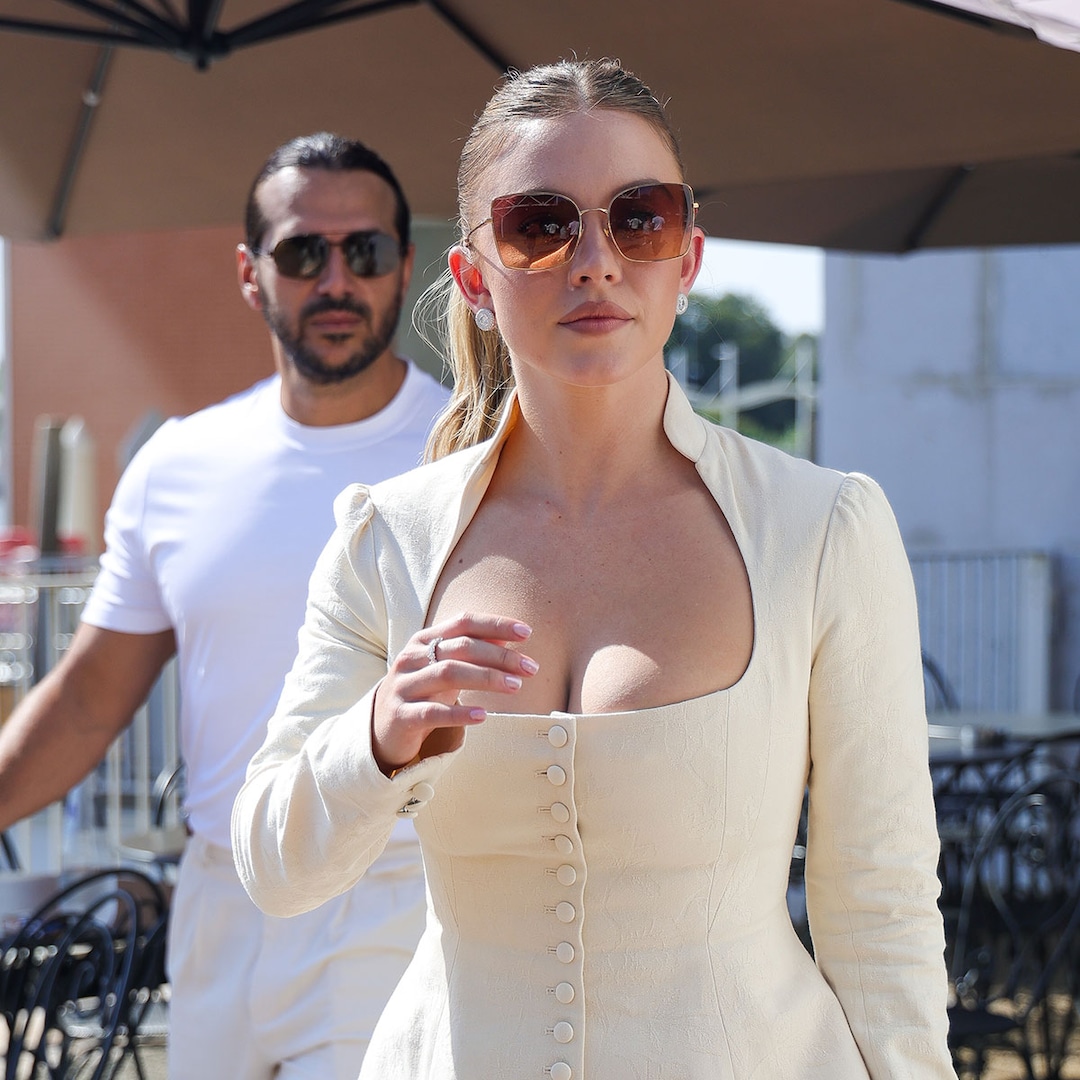From tracking to coaching: The rise of smarter fitness tech

Fitness tech keeps moving fast, and AI is doing more than just keeping up. In fact, it is quietly reshaping how we take care of ourselves. The tools we once thought belonged to the distant future (such as real-time performance analysis, fully adaptive training plans, and virtual coaches that learn as you go) are now built into the apps and wearables we use every day.
So the next big leap will not be about flashier gadgets or more data. It is already here, and it is about building systems that genuinely support people in their everyday routines, keeping them engaged, and helping them stick with their goals through all the ups and downs.
Making healthy choices easier
Trying to stay healthy can feel like juggling way too many tabs: nutrition, recovery, stress, sleep, and workouts. For many people, the hardest part is simply keeping track of it all. AI has made this feel less overwhelming. With enough data (everything from sleep cycles to metabolic patterns), smart systems can help shape better daily decisions.
We are seeing more fitness platforms use AI-powered behavioural science to gently steer users toward healthier habits. Some examples include suggesting rest when recent metrics show fatigue, or reminding users to drink water when hydration levels are low. These nudges are subtle, but they are designed with intention. The goal is to guide users in a way that feels natural and respectful.
This approach, known as ethical AI nudging, uses thoughtful design to support healthier routines in daily life without making people feel pressured or judged. It is not flashy, but it helps people develop better habits over time.
Coaching that actually listens
Personalised coaching has already changed the game. Now AI is beginning to pick up on something deeper: how someone feels in the moment. Sentiment-aware systems are starting to appear in wellness and mental health apps, and they are also beginning to influence fitness platforms.
By analysing voice tone or energy levels, AI coaches can adapt their communication. Some may speak more gently when motivation dips, or offer more energy when they detect someone is ready to push harder. This kind of responsiveness makes coaching feel less mechanical and more like a real relationship, one that grows with the person using it.
Smarter support after injury
Anyone who has been through physical therapy knows how difficult it can be to transition from recovery mode back into regular training. That transition has traditionally been a weak spot for fitness apps. This is beginning to change.
AI is helping to bridge that gap. New systems can carry over injury history, movement limitations, and rehab progress into personalised training plans. Rather than jumping between unrelated programmes, users experience a smooth transition. They build strength and flexibility safely, with ongoing adjustments based on their progress.
These tools are already being incorporated into smart rehab devices and physical therapy software. They are helping people rebuild confidence and stay active without the fear of overdoing it. This marks a meaningful shift from reactive healthcare to proactive resilience.
Workouts that do not feel like work
Ask around and many people will say the same thing. They want to exercise more, but they just cannot get into it. The repetition, the routine, the same playlist again and again makes it hard to stay interested.
This is where AI and immersive tech become especially exciting. With AR and VR, workouts are evolving into interactive experiences. Imagine strength training in a digital world where your progress unlocks new challenges, or jogging through a virtual landscape that changes based on your pace. The AI adjusts everything in real time, including difficulty, intensity, music, and visuals, to keep things engaging.
Generative AI takes it even further. Workouts can now include evolving storylines, unique characters, and branching paths. One day, you might be climbing a volcano. Next, you are on a mission in a neon-lit city. Each session becomes something to look forward to, not just physically, but creatively.
Whether you are cycling through a mythic environment or completing a HIIT circuit that triggers a new part of the story, AI acts as the invisible director. It adapts the difficulty, provides feedback, and shapes the entire experience based on your progress.
The future is personal, not perfect
In the world of fitness, AI is not replacing human intuition. Instead, it is becoming a valuable partner in daily wellness. From emotional check-ins to recovery support, gentle nudges to immersive storytelling, the systems being developed today are designed to support the complete picture of human health.
Everything is moving toward something more grounded and realistic. Fitness that fits into real lives, adjusts to the moment, and feels rewarding to stick with. Not because it is perfect, but because it makes sense for how people actually live.
The post From tracking to coaching: The rise of smarter fitness tech appeared first on EU-Startups.
What's Your Reaction?
 Like
0
Like
0
 Dislike
0
Dislike
0
 Love
0
Love
0
 Funny
0
Funny
0
 Angry
0
Angry
0
 Sad
0
Sad
0
 Wow
0
Wow
0
















































.png?Expires=1838763821&Key-Pair-Id=K2ZIVPTIP2VGHC&Signature=IO0~CT3pU-TcxGc~yoZSmoQx23MZVuK-~4jSii~NKEblRmyO3el7NXPu~Rh1o23voASg7hlcHLw4kvQuDK1jssEhcjoNBBvEpZ~GGOAU6yosBhpHpeF179F~h7i6VxmsBNh9gtTutkoqY73O2YCFey~IAqSzKbBqETP1kP9cAg1916Z1YkJJs-5MliMrkZ5d7-mWGLbpHp2wGj2VlMph8XzYlL4~y1O7fB~JdIS~Rs4RMRs2x0WT1qUIpHAsf3GdwtOyAmKFSpIg8xCyNGZZ5h~13nXlmpd7uPvW8tBfttpG9pFTqcway-uch5WyfHOEfi7UlJCOWrr6fCYY5PMgSg__)







